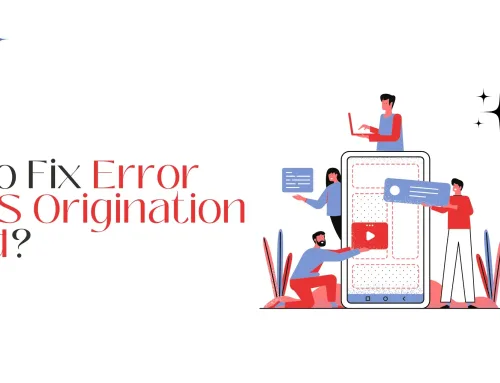The stock market is a maze that carries the fortunes of traders and investors alike. The ebb and flow of commodity prices put a premium on the need for accurate tools for predicting these shifts before they occur. Essential to this toolkit is a thorough understanding of advanced chart techniques that aid the visualization of market trends.
One unique charting system is the Kagi chart. This chart technique, birthed in 19th century Japan, has gained widespread use among Forex traders for its straightforward interpretation of market dynamics. Keep reading to explore its significance and practical utilization.
Understanding the Essence of Kagi Charts
In essence, Kagi charts are a time-independent trading tool that presents market price action in a unique way. In contrast to typical candlestick charts that plot price against time, Kagi charts focus solely on price movement. That is, time is of no relevance in a Kagi chart. Instead, it represents price movements with a series of vertical lines connected by short horizontal lines, also known as the Kagi lines. This structure largely simplifies and clarifies the visualization of market trends, easing the detection of shifts in market sentiment which is pivotal in trade decisions.
A critical factor that differentiates Kagi charts from other charting methods is their consideration of price volatility. By ignoring timeframes, Kagi charts provide traders with the limpidity to discern shifts in market dominance between buyers and sellers. This unique integration of price action and fluctuation alleviates traders’ difficulties in identifying price patterns that underlie substantial market moves.
Kagi charts take two main forms: the ‘yang’ and ‘yin.’ The ‘yang’ (thick line) signifies a bull market, showing rising prices, while the ‘yin’ (thin line) represents a bear market, depicting falling prices. The chart is a schematic blueprint of market action, distilled to its basic components. This simplicity enhances the trader’s ability to notice trend changes in the market. To comprehend fully the utility of Kagi-style chats, you need to understand the principles that underscore their development and use.
Formation and Interpretation of Kagi Charts
Constructing a Kagi chart demands that particular rules are observed and applied. Its unique nature necessitates an unconventional approach to chart building. Theoretically, Kagi charts begin with a line in the direction of the primary trend.
Whenever there is a reversal that exceeds a pre-determined amount, known as the reversal distance, a new line is drawn in a different direction. Unlike conventional techniques, price changes do not necessarily translate to new Kagi lines unless the change is significant enough to exceed the reversal distance.
This construction process presents certain advantages for traders. It offers an incredible opportunity to get rid of market noise, thereby focusing solely on crucial swings. Consequently, Kagi charts typify what swing traders look for in a chart—drastic changes in price direction. This is of utmost importance, considering that swing trading involves capitalizing on stocks’ short-term price patterns and trends.
Interpreting Kagi lines is also straightforward. When a Kagi line thickens, the scenario translates to a buy signal, indicating that traders should close their short positions and take long ones. Conversely, a thinning line usually signals a sell, instructing traders to close their long positions and perhaps take on short ones. This back-to-basics approach is what makes Kagi charts such an excellent trend-following tool. Data is always required to make good trading decisions.
Benefits of Kagi Charts
Kagi charts have several distinct advantages that elevate their status in the pool of charting techniques. Chief among these is their ability to filter out market noise. Kagi charts condense price action data into pertinent price points and exclude irrelevant price movements, hence increasing their accuracy. Kagi charts are also admired for their simplicity. With their straightforward line design, they ease the process of analyzing complex market trends.
Unlike other techniques that necessitate deep technical knowledge, Kagi charts provide an easy-to-understand graphic representation of market trends, making them ideal for traders of all experience levels. Moreover, and most notably, a prime advantage of Kagi charts is their predictive capacity. They facilitate the early detection of market trend shifts before they fully manifest.
This forecasting feature is hugely instrumental in successful trading. It enables traders to swiftly adjust their trading strategies to align with expected market swings, thereby potentially amplifying returns.
In conclusion, Kagi charts are an exceptional tool for any trader seeking to enhance trend analysis and market prediction. Their time independence and focus on price changes make them a valuable addition to trading strategies. With careful application and complementary technical analysis methods, any drawbacks can be mitigated. Ultimately, the key to leveraging the potential of Kagi charts lies in understanding their structure and interpretation. With this knowledge, Kagi charts provide a simple and effective way to navigate the complexities of market trend analysis.










